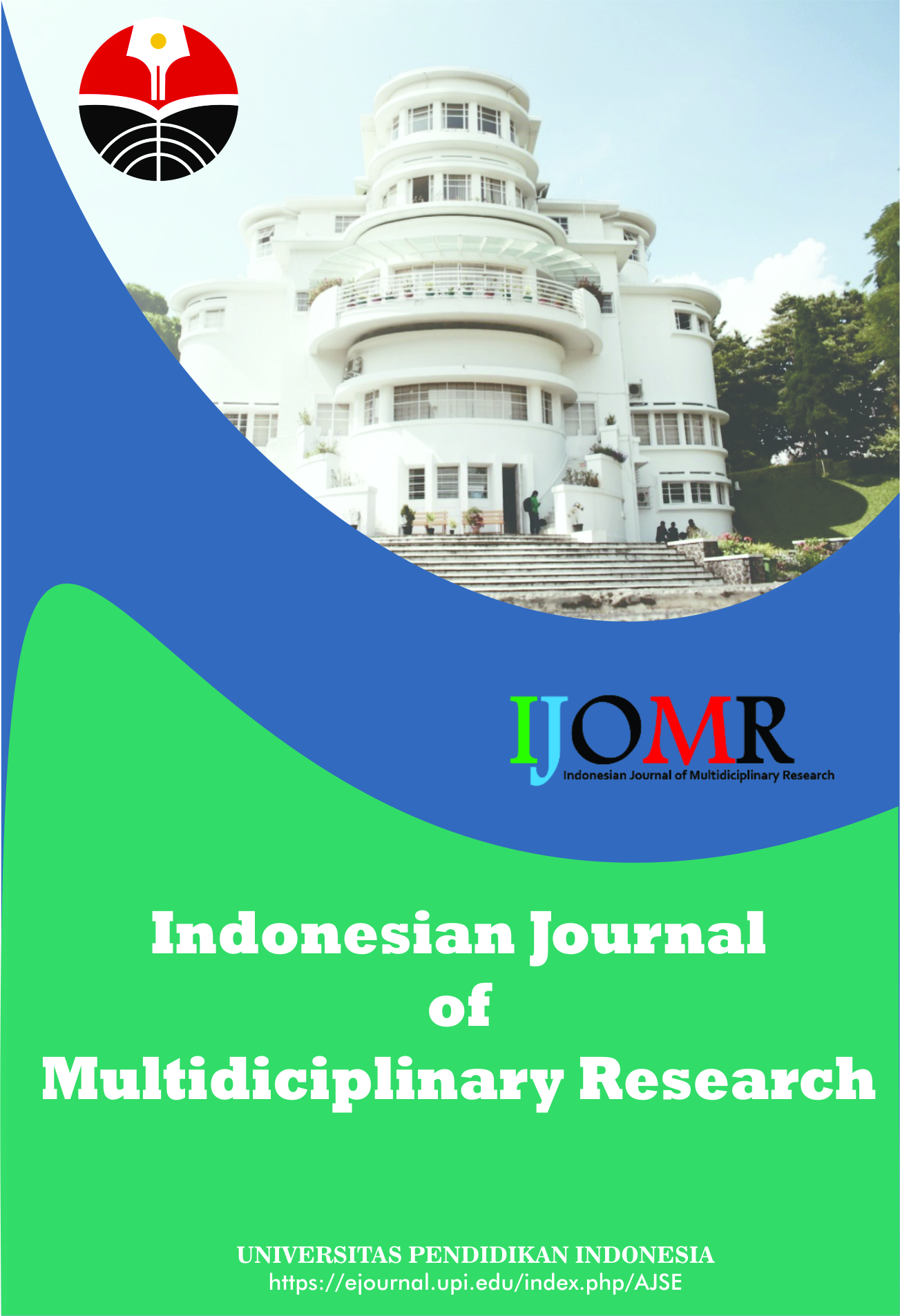Sensory-Driven Customer Experiences in Modest Fashion Retail: Insights for Marketing Practice, Education, and Sustainable Development
Abstract
Keywords
Full Text:
PDFReferences
Ganesha, H. R., and Aithal, P. S. (2022). When to collect data? Choosing an appropriate time frame for data collection during Ph.D. program in India. International Journal of Applied Engineering and Management Letters (IJAEML), 6(2), 271–287.
Hossain, M. D. S., Hossain, M. D. A., Al Masud, A., Islam, K. M. Z., Mostafa, M. D. G., and Hossain, M. T. (2024). The integrated power of gastronomic experience quality and accommodation experience to build tourists’ satisfaction, revisit intention, and word-of-mouth intention. Journal of Quality Assurance in Hospitality and Tourism, 25(6), 1692–1718.
Kim, J.-H., Ritchie, J. R. B., and McCormick, B. (2012). Development of a scale to measure memorable tourism experiences. Journal of Travel Research, 51(1), 12–25.
Krishna, A. (2012). An integrative review of sensory marketing: Engaging the senses to affect perception, judgment, and behavior. Journal of Consumer Psychology, 22(3), 332–351.
Moliner-Tena, M. A., Monferrer-Tirado, D., Estrada-Guillen, M., and Vidal-Melia, L. (2023). Memorable customer experiences and autobiographical memories: From service experience to word of mouth. Journal of Retailing and Consumer Services, 72, 103290.
Naseri, R. N. N., Yahya, W. K., and Abdullah, R. N. R. (2024). Sampling frame development of individual items in the absence of a sampling frame: Quantitative approach. International Journal of Research Methodology, 13(2), 33–47.
Pine, B. J., and Gilmore, J. H. (1998). Welcome to the experience economy. Harvard Business Review, 76(4), 97–105.
Sahhar, Y., Loohuis, R., and Henseler, J. (2023). GraphEx: Visualizing and managing customer experience in its multidimensionality. Journal of Service Theory and Practice, 33(7), 94–115.
Sharma, A. (2024). Aesthetic transcendence: Fashion’s evolution, philosophical reflections, and societal impact. Journal of Current Social and Political Issues, 2(1), 10-21.
Spence, C. (2022). Experimental atmospherics: A multisensory perspective. Qualitative Market Research: An International Journal, 25(5), 662–673.
Spence, C., Motoki, K., and Petit, O. (2022). Factors influencing the visual deliciousness/eye-appeal of food. Food Quality and Preference, 102, 104672.
Tekin, S., and Kanat, S. (2023). The effects of sensory marketing on clothing-buying behavior. Autex Research Journal, 23(3), 315–322.
Tynan, C., McKechnie, S., and Chhuon, C. (2010). Co-creating value for luxury brands. Journal of Business Research, 63(11), 1156–1163.
Walls, A. R., Okumus, F., Wang, Y. R., and Kwun, D. J.-W. (2011). An epistemological view of consumer experiences. International Journal of Hospitality Management, 30(1), 10–21.
Youssef, J., and Spence, C. (2023). Gastromotive dining: Using experiential multisensory dining to engage customers. International Journal of Gastronomy and Food Science, 31, 100686.
DOI: https://doi.org/10.17509/ijomr.v5i2.86102
Refbacks
- There are currently no refbacks.
Copyright (c) 2025 Kantor Jurnal dan Publikasi, Universitas Pendidikan Indonesia (UPI)

This work is licensed under a Creative Commons Attribution-ShareAlike 4.0 International License.
Indonesian Journal of Multidiciplinary Research (IJOMR) is published by Universitas Pendidikan Indonesia (UPI)















